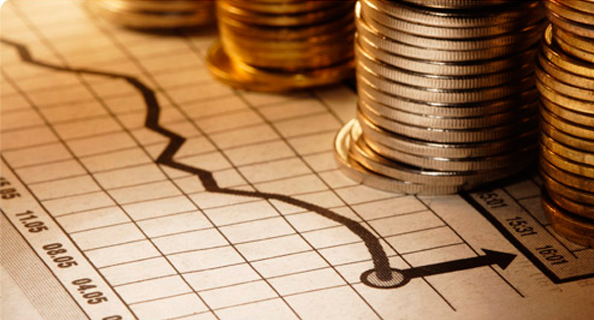It was announced in November that the Japanese Central Bank would ramp up its Quantitative Easing Program (QE), bringing its yearly expansion of the money supply up to $682 billion. The end of the United States’ QE program was very well documented, as was the substantial rise in asset prices which were a result of the program. The European Central Bank also is leaning towards a similar policy. QE was touted as a huge innovative success for the Federal Reserve, even though many of its effects are still left unmeasured.
Quantitative Easing is an indirect expansion of the money supply by the central bank. The bank’s objective is to lower interest rates, increase asset prices, stimulate demand and boost economic growth. By the very nature of expanding the money supply, QE can do all but one of those things rather easily. Buying up bonds and other securities immediately decreases interest rates, the effects of the government spending spill over into other markets and when exacerbated by the decline in value of the currency that all assets are measured against, asset prices immediately soar. This jump in asset prices theoretically creates the wealth effect, which shows up as increased spending by those whose assets recently appreciated.
Conversely, the boost to economic growth is under debate. Some even suggest that it undermines economic growth for the overall economy and most citizens. As an intrinsic result of the QE, the purchasing power of the currency decreases dramatically. Therefore prices rise accordingly. In the United States for example, when using the CPI to calculate inflation, one would see that since 2007, average prices have risen 15%. This 15% figure excludes food and energy, which happen to be a very large part of a family’s budget. So the real amount of inflation is much higher. Wages have remained relatively stagnant, and many say that the average standard of living has gone down. This is the undermining of purchasing power while providing the illusion of economic growth. Inflation can lead to false economic growth, because rising prices lead to larger dollar figure corporate earnings and temporarily better economic data but when it’s all said and done, the structural problem may remain the same.
Even more alarming are the implications for Non-US residents. One would assume that money printing in the United States would not affect people abroad, but that may be as much of a fallacy as guaranteed economic growth from QE.
People all around the world have had to face the effects of a cheaper dollar. Though the dollar has been on a bull run over the past months, due to other countries cheapening their currencies, it has lost more than half its value since the 1980s. Since the US dollar is the primary trading and reserve currency, changes in its valuation has direct impacts to foreign economies. Rises in the prices of food, and other basic necessities have led some countries into uncertain times and even in extreme cases, revolutions. As the issuer of the world reserve currency the United States must keep the interests of other countries at hand when deciding whether to debase the currency. In 2012 Brazilian President Dilma Rousseff affirmed that the world is engulfed in a currency war that “cannibalizes emerging markets”, and the poor.
Analysis by Andrew Gehrig
